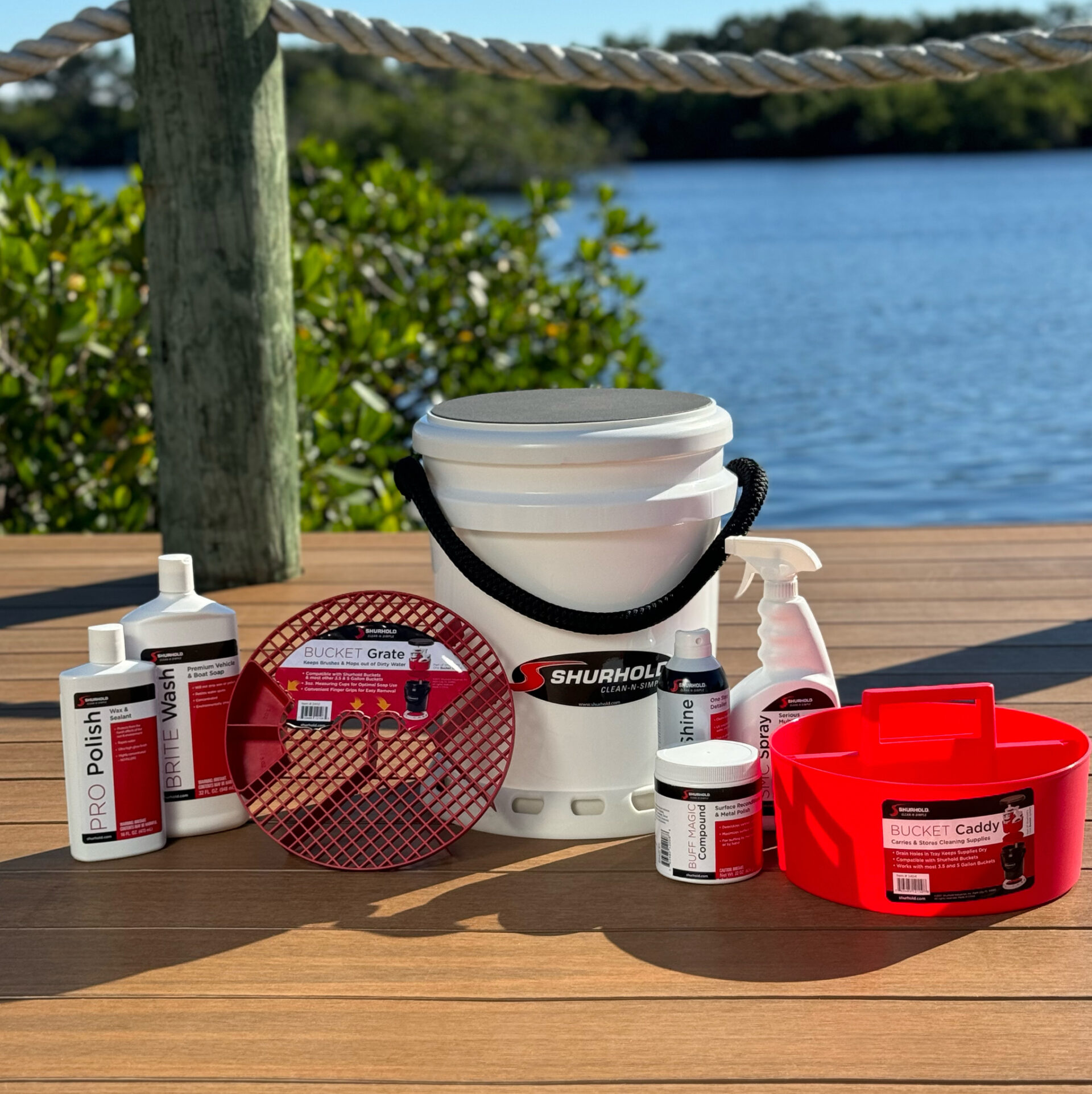
Improving Amazon TACoS with a Strategic Restructure
Shurhold is a leading manufacturer of the best detailing brushes, machine polishers, waxes, and protective products for the boating industry. If you visit a super yacht, deep sea fishing boat, or just your average 17-footer on a Wisconsin lake - it’s likely that the boat owner has a Shurhold product as part of their washing and detailing kit. Their mission is to provide you with quality tools and the best products to achieve a showroom shine. They specifically focus on the boating and marine industry and are well respected at the highest level in their industry.

The Opportunity:
Shurhold approached Granular to enhance their Return on Ad Spend (ROAS) and boost sales of their boat cleaning supplies. They want their ROAS to be at 800% or higher on Amazon to grow profitability.
Shurhold faces challenges due to the seasonal nature of their sales and narrow profit margins, as most products are priced under $100. A particular issue is that Amazon ads currently lack precise location targeting, leading to wasted ad spend in colder regions where demand is low. While the initial ROAS target was between 4-6, the new focus has shifted towards optimizing the overall Total Advertising Cost of Sales (TACoS). This is calculated by dividing The Shipped COGS (this is the overall revenue after Amazon expenses) by ad Spend. Knowing your TACoS is crucial for Amazon accounts because it will provide a more accurate view of profitability for your campaigns. Our current TACoS goal is 9-11%.
Granular’s Solution:
To “lift all boats” we ran a multi-channel digital marketing strategy, primarily driven by Amazon and supplemented with Google Ads, Meta Ads and TikTok remarketing to support the brand awareness and boost conversion rates. Our strategy on Amazon was to focus on product categories and the top products within each category. We also decided not to advertise all products, but focus on ones that generate the highest revenue and ROAS. We found that sticking to a Down-Only bid strategy (Amazon will bid less when your ad is less likely to convert) will help improve the overall ROAS. We paused low-performing keywords (low ROAS and orders) and increased bids on keywords with a high ROAS to improve the efficiency of our ad spend on Amazon.

Our Tactics:
Our tactics on Amazon included several paths, both tried & true methods of generating revenue but also constantly testing new online advertising features and strategies to drive top performance:
- Sponsored Product ads, breaking out products by product category.
- Sponsored brand ads, focusing on specific products or Amazon store pages.
- Aggressive targeting toward top-selling, high ROAS products.
- We found with the down-only bid strategy, we were not able to spend our full budget because it was bidding less. However, if we increased the bids too much, the ROAS would drop and the campaign would be less efficient. We used a combination of ROAS-based bidding and down-only bidding to keep our ROAS higher.
- Condensed the number of products, campaigns, and keywords to maximize the revenue of top performers.
The Results:
The way we solved this issue was to narrow down the most efficient products and keywords and also slowly raise the bids over time. This way, Amazon’s algorithm would be able to take time to adjust to the spend toward top performers while maintaining ROAS and ultimately lowering the TACoS to achieve our goal. Within 4 months of implementing our strategy, we achieved a 9.8% TACoS and a 780% ROAS.
Here is some data showing how much more successful Amazon advertising has been since partnering with Granular.
-
- TACoS: -20% (more efficient)
- ROAS: +10%
- Revenue +32%
- Purchases +27%